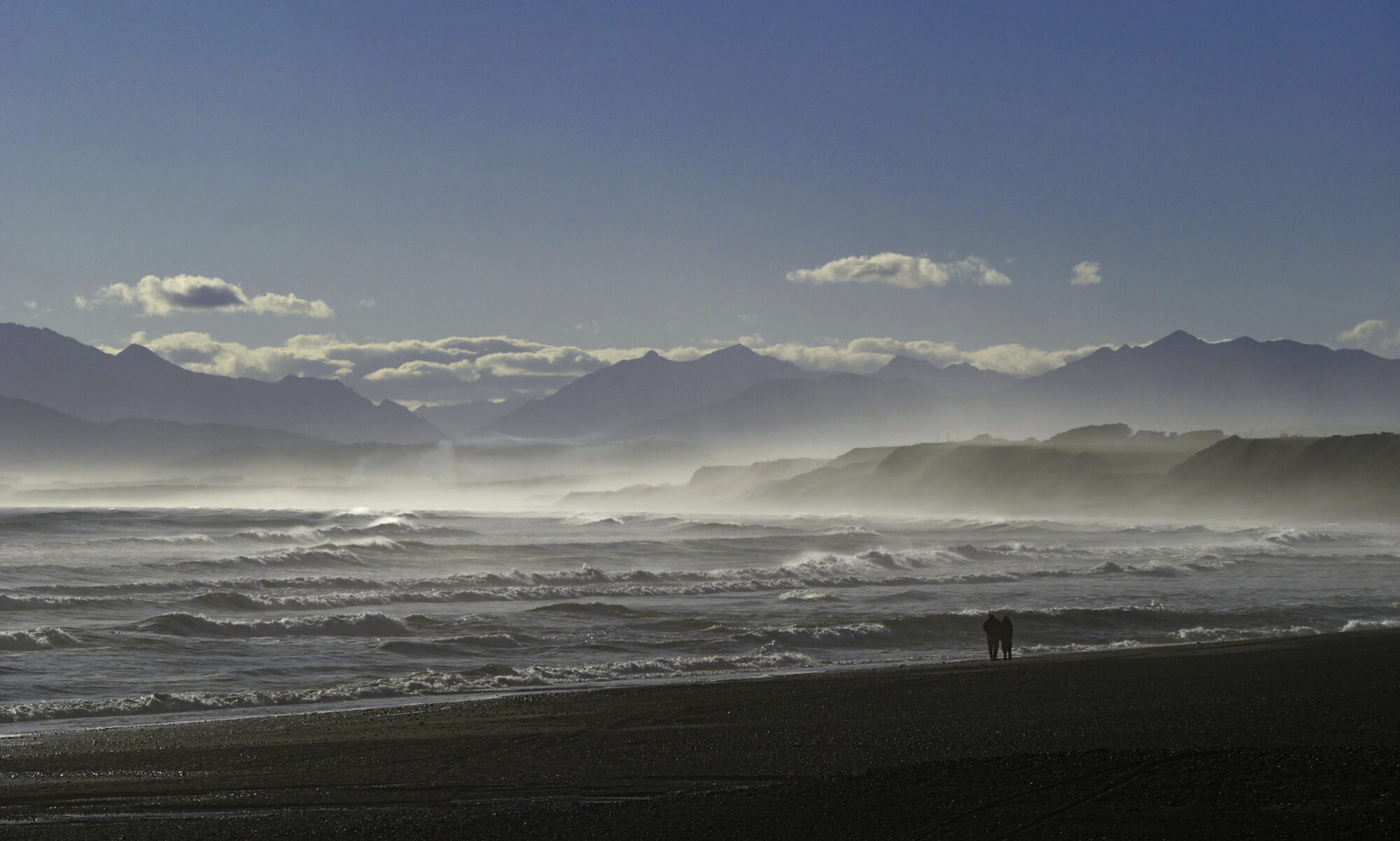How do you assimilate such immense, ancient, stately, mysterious and powerful redwood trees into language?
It seems to be as much of a challenge as capturing their essence in a photo!
Their existence is their very presence or vice versa – no “soft” wood here, but the voice of patience and endurance.
They come from a humble seed no bigger than one from an apple to achieve prodigious ages and dimensions of up to 120 meters tall, with a width of several at the base. And they continue to flourish in a history of up to 160 million years in the making, and going back 20 million years in their present range.
They probably had dinosaurs scratching their trunks!
California’s North Coast is the most well known location in the world that provides an environment they like – one underscored by cool, moist air created by the Pacific Ocean keeping the trees continually damp, even during summer droughts. And yet here they are in New Zealand, and in Wanaka we don’t have a lot of damp moist air!
Theories continue to develop as to why they grow so old and tall (probably there is a physical limit imposed by how far water can be transported upwards), but proof remains elusive. The trees can reach ages of 2000 years and regularly reach 600 years.
Powered by the leaves’ diffusion of water, water-to-water molecular bonds in the trees’ sapwood drags the moisture upwards – and to move thousands of litres maybe even in a day to such a height is quite a feat. During the summer, this transpiration apparently causes redwood stems to shrink and swell with the cycles of day and night.
Here a recent picture of one of the entry way to a magical place hosting some redwoods, Wanaka Station Park…

Wanaka Station was a large sheep station In the late 19th century covering land from the head of Lake Wanaka to the nearby Cardrona Valley.
The foundations remain of original homestead which it seems burned down twice, and these and the land has been preserved as a park, which includes beautiful mature fruit trees and giant redwoods. More latterly many other species such as rhododendron have become established…





